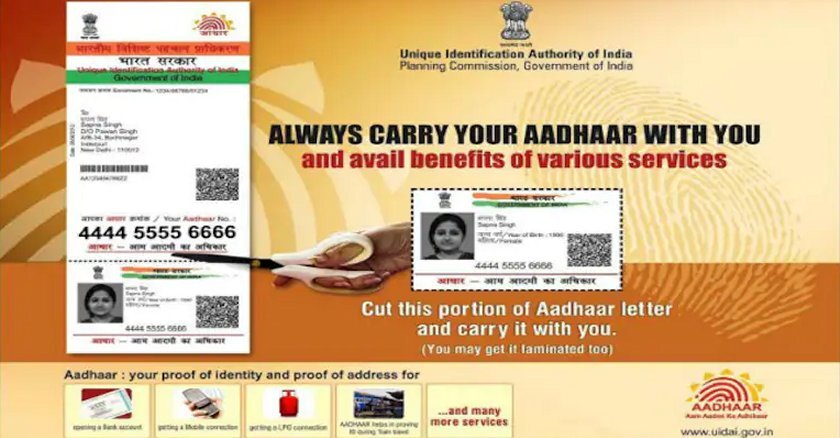Many of the ideas we introduced back then, like work requirements, have become mainstays of public policy, including in the fierce negotiations that led to last month’s federal debt-limit deal.
While some may feel validated to see that so many policies and processes in place across the country today stem from that time, I can’t help but reflect on how dramatically our world has changed in the past 30 years. And the reality is those policies and processes that suited 1990s technology and circumstances aren’t keeping up.
In the 1990s we designed systems that focused on verification to prevent fraud — which often resulted in those systems being focused more on keeping ineligible people out than helping eligible people get in. And even in 2023, the way many states approach critical public benefits is still designed for that pre-Internet age. Yet the economy as well as the availability of technology look nothing like what was available in 1996.
Today, so-called “nonstandard” workers, those who rely on gig jobs rather than W-2s, are by many estimations among the fastest-growing worker populations in the country — now making up more than one-third of the workforce. Many of those workers are relying on a variety of contract work while they get on their feet financially, which means they’re often eligible for public benefits like SNAP or Medicaid.
We have technology to thank for making nonstandard work possible. But the technology we use to help nonstandard workers access benefits hasn’t kept pace with the changing labor market.
Consider the process of verifying income, which is a necessary step for most public support programs. It’s easy enough for W-2 workers: Submit a pay stub and call it a day. But if you’re driving for Lyft in the morning and shopping for Instacart in the afternoon, you might have to print out every single receipt and fax — yes, fax — them all to your state workforce agency. Every month. That’s not a thoughtful way of preventing waste, fraud and abuse. It’s an outdated system that’s keeping people from accessing the financial support they and their families need.
As challenging as these aging systems are for workers and families, they can also cause unintended consequences at a much larger scale, especially in times of crisis. That’s been the case in my home state of Massachusetts, which has been under scrutiny for mistakenly spending $2.5 billion of federal money on unemployment benefits as it scrambled to fulfill claims during the COVID-19 pandemic.
We don’t have to rely on these systems anymore. It’s time to pass policies that keep up with reality and help us fulfill that original goal of supporting the workers and families who need it most.
If there’s any good news, it’s that emerging technology is making this possible as well. Much like the advancements that have sparked a rise in gig work, new tools are helping nonstandard workers access public benefits with significantly less hassle. In Alabama and Louisiana, state workforce leaders have been among those exploring new ways to use technology to verify income in the wake of the pandemic, including a so-called “income passport” that lets workers share their earnings in real time. For state unemployment insurance offices in Alabama, that meant the average time to process a claim decreased from nearly an hour to a matter of minutes. In Louisiana, it reduced the time for workers to receive benefits from three weeks to less than a day.
Those are powerful examples of technology at work. And they’re just the beginning. New technologies have made it possible for people to earn enough to get by on gigs alone, which for many has been a critical lifeline in a period of economic volatility. But if we aren’t using that same kind of innovative thinking to do a better job of helping those people, we’re failing the workers who stand to gain the most from the country’s public benefits system.
It’s time to rethink how we implement “welfare reform” in the 21st century. Providing support to families in need isn’t just a question of keeping out the fraudsters. It’s also about designing systems around the recipients themselves, and we’ve got the tools to make that possible.
Jane Swift, a Republican, served as a Massachusetts state senator from 1991 to 1997, as lieutenant governor of the state from 1999 to 2001 and as acting governor from 2001 to 2003. She is an operating partner at the Vistria Group and founder of the Cobble Hill Farm Education and Rescue Center.
Governing's opinion columns reflect the views of their authors and not necessarily those of Governing's editors or management.
Related Content













